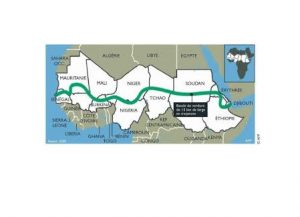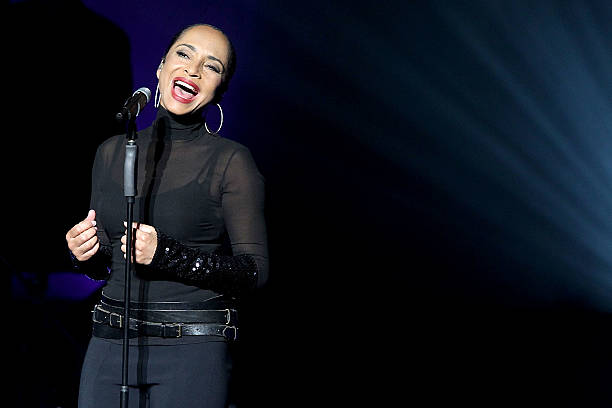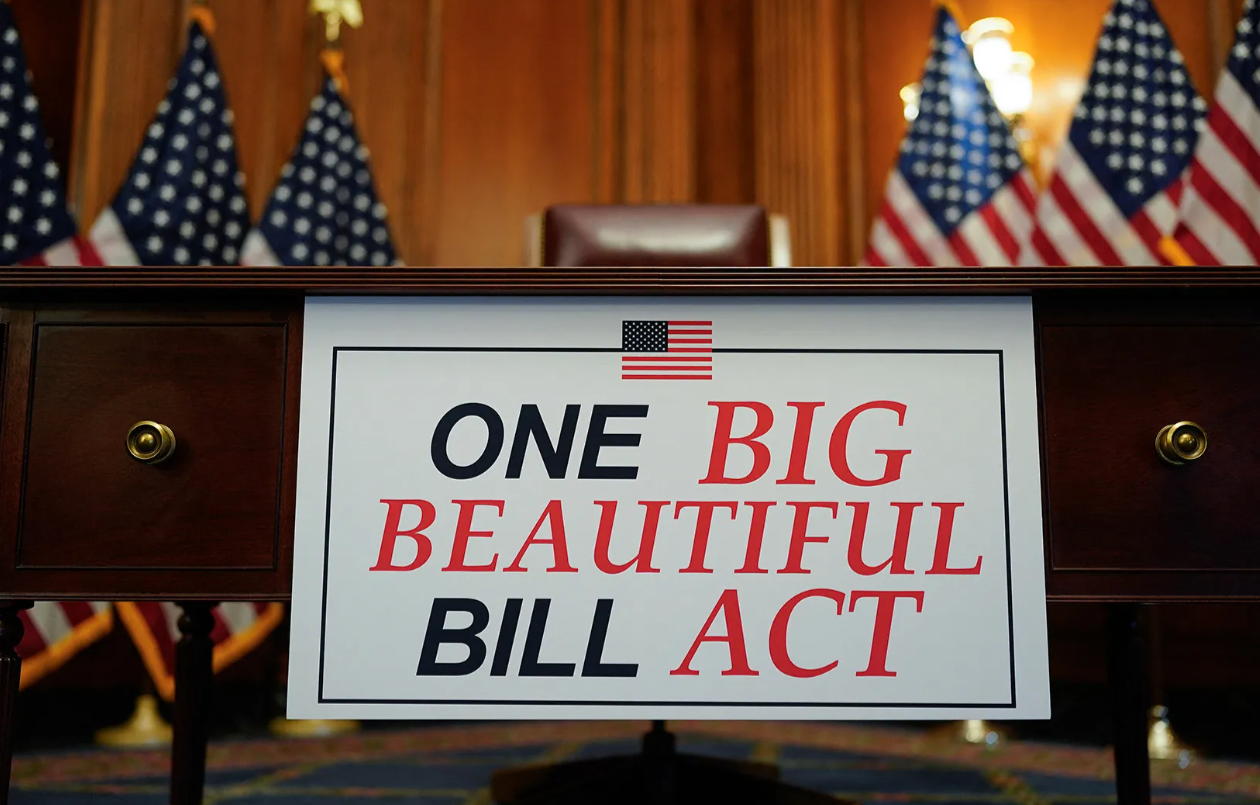(ThyBlackMan.com) The desertification in Sahel-Saharan is expanding by 2km annually. It is the largest desert in the world and one of the greatest threatens in the 21ST century to the green areas of the African countries located in the Southern Sahara for example 75% of Tunisia soils. In 50 years, according to the experts, more than 650,000 km2 have been degraded. Soils turned dried because of overexploitation, trees cutting, pasture, farming, houses building, pollution, climate change, and drought seasons. More than 12,000,000 square are in danger of losing their fertility. Worrying situation!
On 2005, June 1ST and 2nd in Ouagadougou in Burkina-Faso, at the 7th Heads of state, of Governments and Leaders Conference of CEN-SAD (Sahel-Saharan community), President Olesegun Obasanjo of Nigeria at this time during his speech launched for the first time to the assembly the idea of a wide green barrier to be built from Dakar to Djibouti to stop desert. The concept was congratulated by the heads of state who recommended President of Senegal at this time Abdoulaye Wade to help write a technique strategy to make this major ecological challenge idea become a reality.
Then, one month later in 2005 July in Syrte (Libya) at the African Union Heads of state, of government’s conference during their 5th ordinary summit, President Wade submitted his approach baptizing it “The Green Great Wall” which was adopted by the conference. Two years later, on 2007 January 29 and 30th, in Addis-Abeba (Ethiopia), at his 8th ordinary session, the African Union by the declaration 137 (VIII) approved it definitely and created a specialized agency to manage the initiative in response to the problem of desertification, degradation of the soil and poverty in the Sahel-Saharan region. The Panafrican Agency for the Green Great Wall was created.
The Green Great Wall is about to have a high carbon sequestration capacity, 250 million CO2 tons per year, generating 350,000 jobs and provide food to 20 million people. It is a 7,800 km in length, and 15 km wide green barrier along the footsteps of the Sahara. Many colloquium, scientists, meetings decided the kind of trees and plants to be planted, zizifus mauritiana, tamarindus indica, balanites aegyptiaca D.Lile, acacia Senegal known to grow easily in dry lands conditions. The aim is to green 12 million hectares across 11 countries, Burkina Faso, Djibouti, Eritrea, Ethiopia, Mali, Mauritania, Niger, Nigeria, Senegal, Soudan and Chad. In 2007, the project started in the north of Senegal, in Widou-Thiengoly, a village in the north of Senegal.
The Senegalese forestry department ruled by Colonel Pap Sarr with the financial participation of the World Bank and the Global Environment Facility($1billion for both), and the French army soldiers could explain to the residents of Widou the advantages of the Green Great Wall inviting them to get involved in it working during 3 decades. The Widou people accepted and learnt training.
Since 2007, yet 2,000,000 acacias per year have been planted, so 4 million hectares could already be greened in Senegal. The lands were divided by 500 hectares portion fenced to prevent animals from doing damage. The lands were distributed to farmers groups who work hard by rainy season with their wifes and children, old and young under the assistance of the forestry department. Widou people proudly testify to all the curious visitors (journalists, tourists, experts) of the Green Great Wall lands the positive influence and results of the work achieved since 2007. Soils became fertile, green with no pesticide or chemical fertilizer. Plants, fruits, vegetables are growing even new species which don’t’ need to be watered. Some trees can be 2m tall.
The animals, birds, familiar species as new ones are coming back. Annually, during 3 months, a rainy season is helpful. Farmer’s family gets food to eat. Many of the men who had doubt in the beginning of the operation believe in a new life of prosperity and wealth with the green wall. They can produce vegetables and sell too with their families. 248 women are physically involved in the rude works. They request for more water for the irrigation of carrots and potatoes.
Some countries did not engage yet in the plan, Mali and Sudan for example. As say specialists, the Green Great Wall will improve Africa resilience to climate change. A lot remain to be done until 2030 to make it a world reference in reforestation and see how stronger will this impressive green wall in construction fight back desertification.
Sources; http://www.lagrandemurailleverte.org, https://www.thegef.org and http://www.worldbank.org
Staff Writer; Abu-Jahlil Astrid Chacha
One may also connect with this brother on Facebook; Segla A.

















Leave a Reply